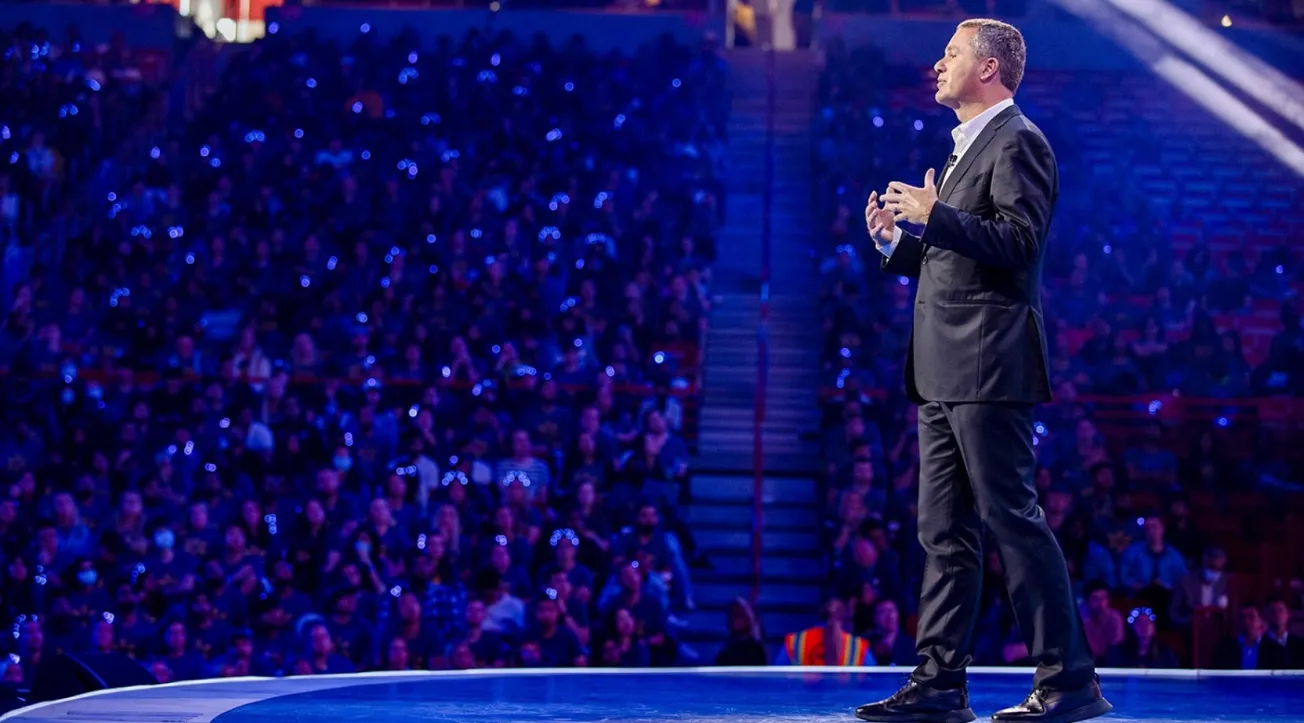Target said last month that it would be cutting prices on about 5,000 items this summer to encourage inflation-weary consumers to spend more in its stores.

The move came as the retailer reported first quarter sales that were down compared to the same period last year. Comparable sales declined 3.7% in the first quarter, reflecting a comparable-store sales decline of 4.8% that was partially offset by a comparable digital sales increase of 1.4%. Target’s total revenue of $24.5 billion for the quarter was 3.1% lower than last year, reflecting a total sales decline of 3.2%.
Target expects its sales to improve in the second quarter and the balance of the fiscal year, and the price cuts are a big part of the company’s playbook for returning to top-line growth. During the retailer’s first quarter conference call, Target chief growth officer Christina Hennington noted that “value and affordability and how we deliver that is always and has always been important … and it is even more important during this time of three years of cumulative inflation in these categories. So our commitment to investing in price on behalf of our guests is to pass savings back along to them to accelerate traffic and unit growth over time.”
The strategy makes sense for a number of reasons, says Coresight Research analyst Bryan Gildenberg, who notes that while the rate of inflation on goods has moderated, consumers still struggle with the impact of multiple years of stacked inflation. And consumers’ budgets are also being pressured by the fact that the costs of nongoods, including services and rent, have continued to go up. “So, sure, if consumers don’t have extra money to spend and I’m a retailer trying to grow sales, cutting prices is a good way to do that,” Gildenberg says.
But he adds that there are a couple of other factors worth paying attention to.
One involves the pricing of the different value tiers in stores — the opening price point item versus the better and best options, and store brands versus name brands.
“All these pricing relationships changed a lot during COVID because the price of everything went up, but the price of everything didn’t go up by the same amount,” Gildenberg says. “So with pricing stability comes a chance to look at these value propositions and recalibrate them.”
Another factor may have to do with who Target’s shoppers are. Gildenberg cites Coresight Research data showing that the people who shop for groceries at Target are younger on average than Walmart grocery shoppers, which means they are more likely to be renters rather than homeowners. “Younger shoppers are grappling with shelter costs that are going up significantly. They also tend to use services like DoorDash and eat out more, and those things are still getting more expensive because labor costs keep going up. Coresight’s data shows that how shoppers feel about their own finances and about the economy has gotten a bit worse throughout 2024, and most of that decline is due to the deteriorating optimism of younger and more urban shoppers.”
Of course, Target is hardly the only retailer to announce price cuts. Aldi and Walmart, among others, have done so too, and that’s not surprising. Americans’ frustration with inflation is likely to be a big issue when voters go to the polls this November. But shoppers are already voting with their wallets, and retailers are paying attention.







